Brazilian Savannah
Spend time exploring the Cerrado, the most biodiverse savannah in the world.
The epitome of conservation, community and tourism working together, this holiday is for anyone looking for more than just sightings of Brazil’s endemic wildlife. Travel across two vastly different ecosystems to go in search of Brazil’s most iconic big cat, the jaguar and its most endangered canid, the maned wolf.
Wild landscapes, endemic wildlife, exceptional accommodation and dynamic conservation – what’s not to like. In the vast tropical savannah of the Cerrado, stay at Pousada Trijuncao, home to the research project committed to protecting the maned wolf. Take safaris by vehicle, by foot and by kayak with researchers from the project to look for maned wolves and other Cerrado wildlife. Finish with four days in the world’s largest tropical wetland, taking boat safaris, with Mutum Expeditions, in search for the Pantanal’s apex predator – the jaguar.
This holiday was originally run on a group basis, but due to its popularity we now offer this itinerary as a private holiday.
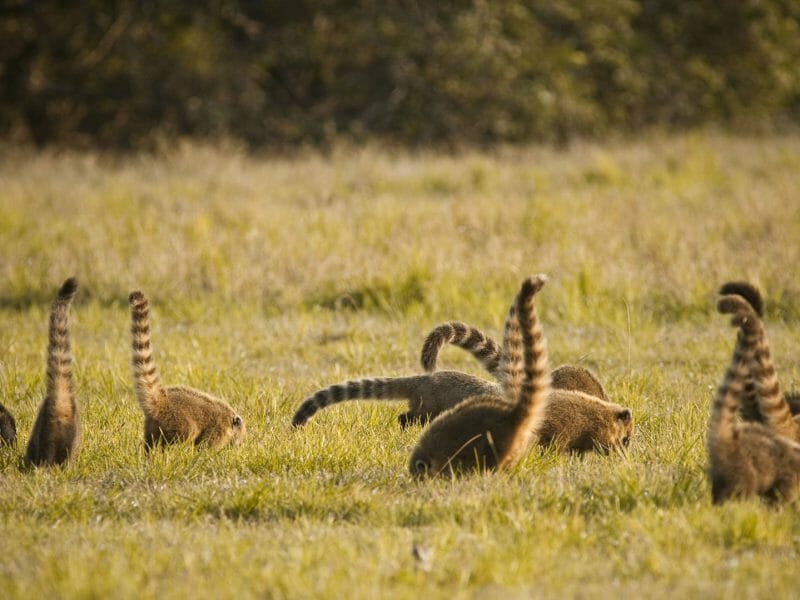
Spend time exploring the Cerrado, the most biodiverse savannah in the world.
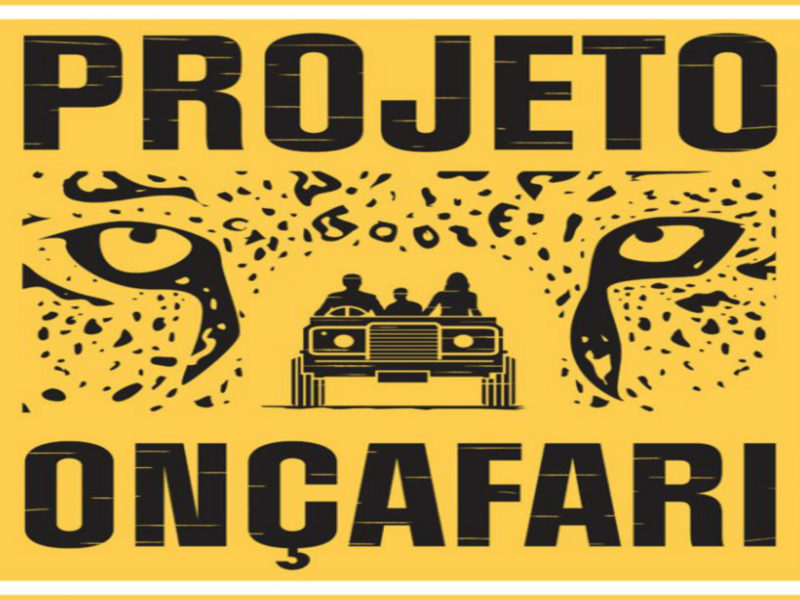
Benefit from the knowledge of naturalists, Oncafari researchers and local landowners.
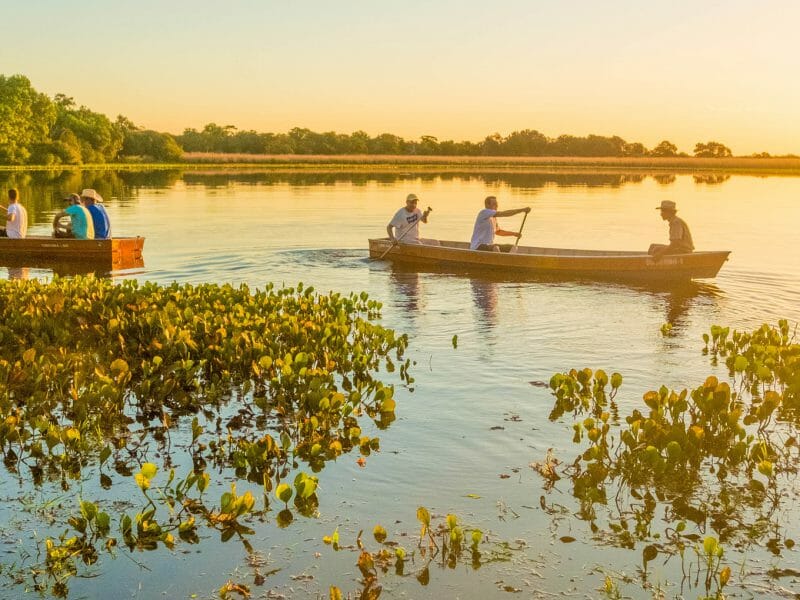
Gain a unique insight into the culture, conservation and wildlife of Brazil’s Pantanal region.
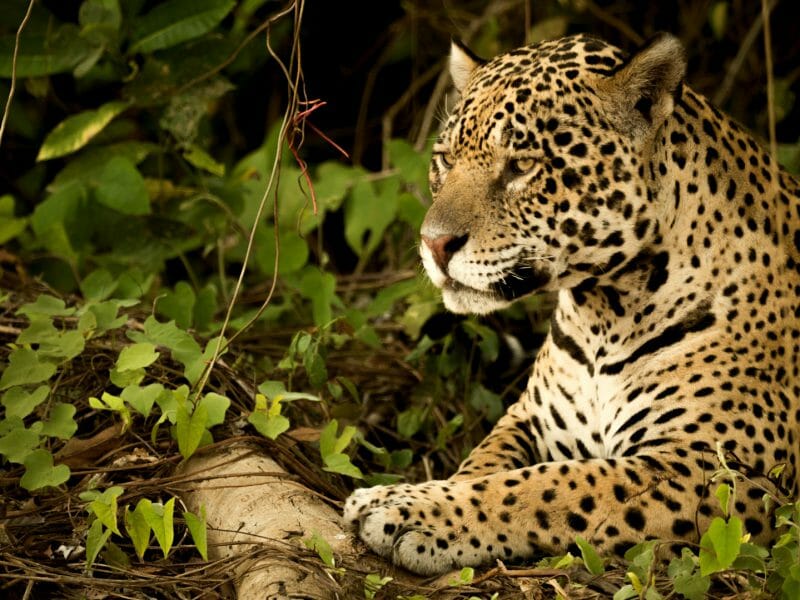
Have the best chance of seeing a jaguar and maned wolf in their natural habitat.
Day 1
Brasilia
Day 2
Brasilia - Cerrado
Days 3 - 5
Cerrado
Day 6
Cerrado - Brasilia - Cuiaba
Day 7
Cuiaba - Pantanal
Days 8 - 10
Pantanal
Day 11
Pantanal - Cuiaba
Day 1
Brasilia
Arrive into Brasilia and take a guided panoramic tour of the city’s most interesting sights.
Day 2
Brasilia - Cerrado
Depart for Pousada Trijuncao, located in Brazil’s great savannah, the Cerrado. Check into the lodge, the remainder of the day will be at your own leisure.
Days 3 - 5
Cerrado
During the next three days, take guided excursions around the Cerrado, looking for the wildlife that calls this wild region home.
Day 6
Cerrado - Brasilia - Cuiaba
Return to Brasilia, from here fly to Cuiaba, the capital city in the state of Matto Grosso in the northern Pantanal.
Day 7
Cuiaba - Pantanal
Depart after breakfast and drive from Cuiaba to the Porto Jofre region. On arrival to Porto Jofre, board the Mutum expedition boat, your home for the next four nights.
Days 8 - 10
Pantanal
The next three days will follow a similar pattern. Set out each day in the morning and afternoon in a boat with your guide, heading along the Pantanal’s four main rivers – the Sao Lourenco, Cuiaba, Three Brothers and Piquiri.
Day 11
Pantanal - Cuiaba
Depart after breakfast to travel back to Cuiaba.
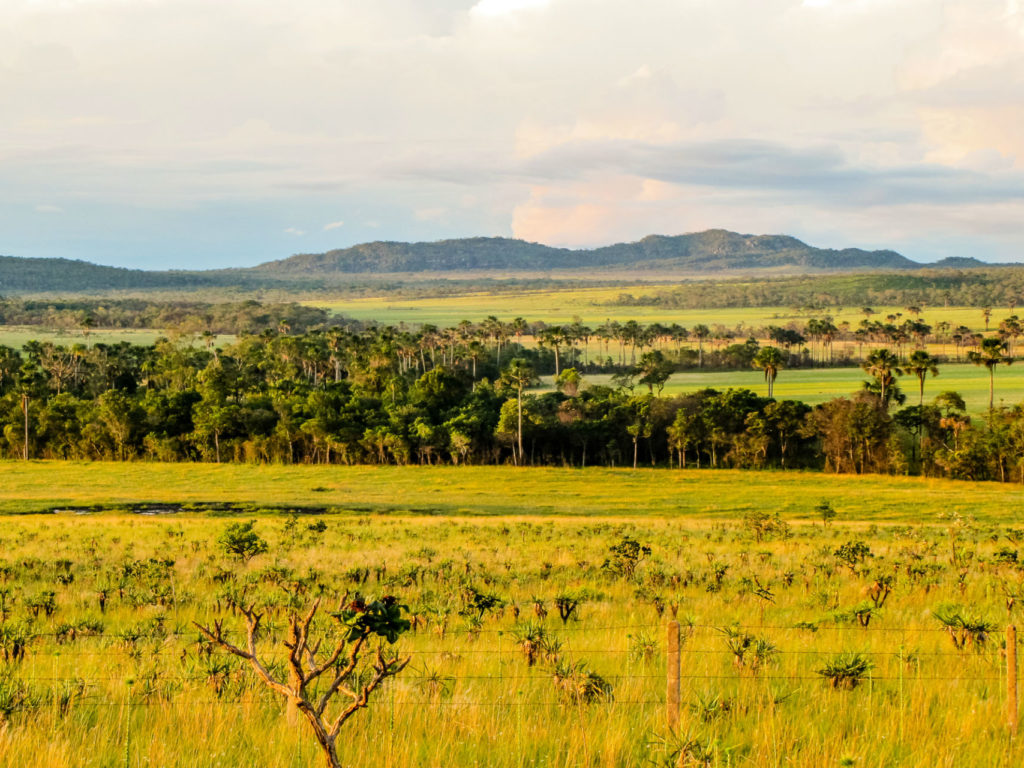
The Cerrado is the most biodiverse savannah in the world, home to more than 850 species of birds, 251 mammals, 482 reptiles and amphibians and 1,200 fish as well as 13,000 plant species (about 5% of all plant species of the world). Currently, there remains less than 50% of the original Cerrado in Brazil and it is estimated that 150 species of animals are at risk of extinction as a result of destruction or damage to this habitat. The jaguar, ocelot, armadillo, anteater, maned wolf and grey eagle are among these species.
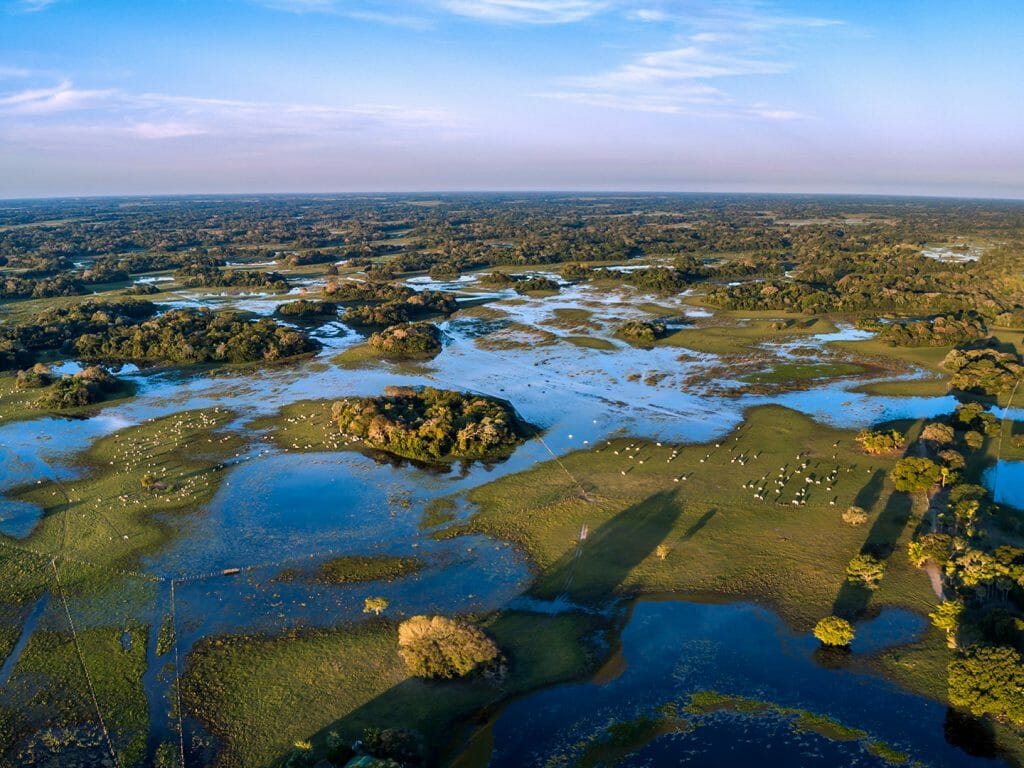
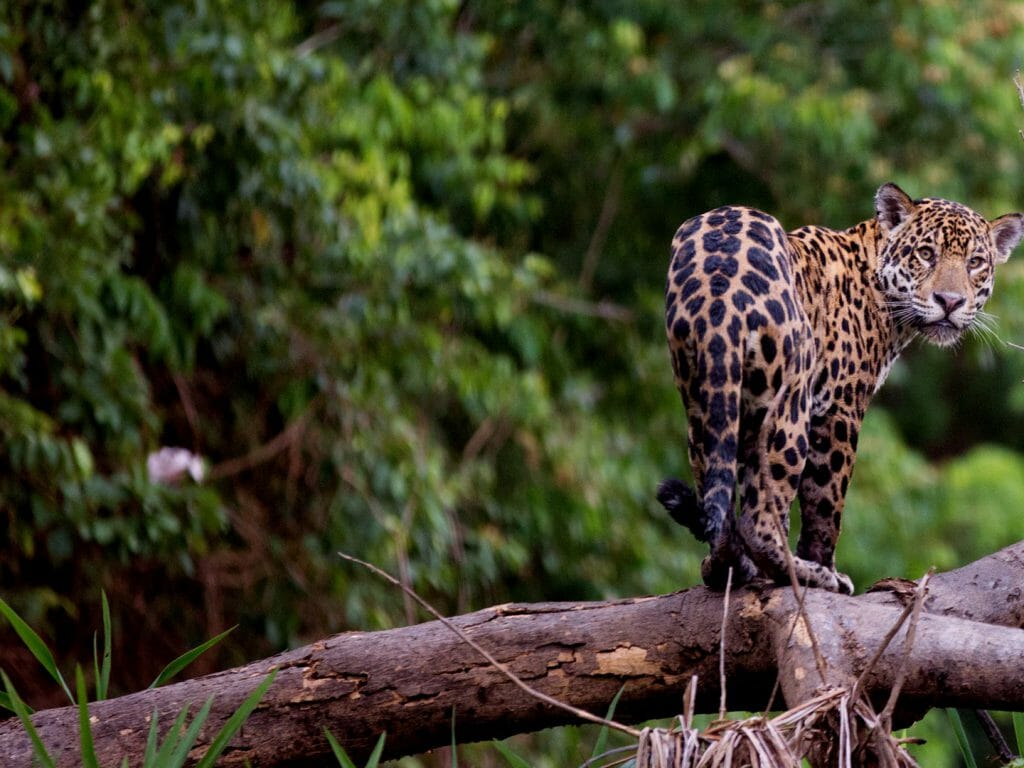
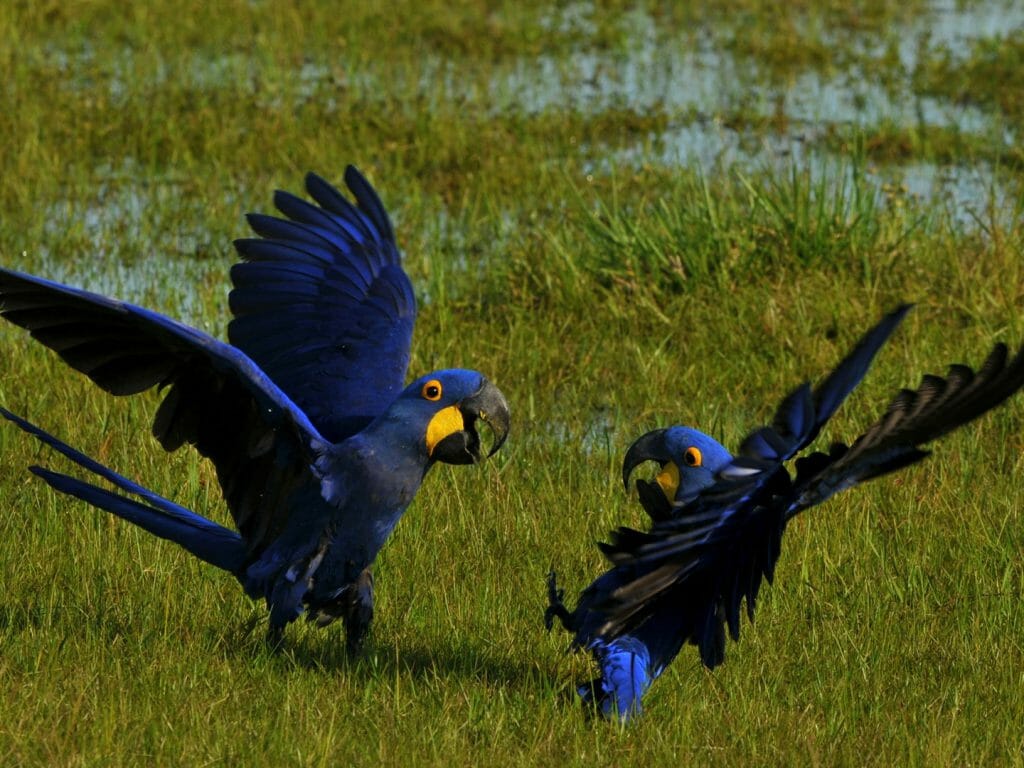
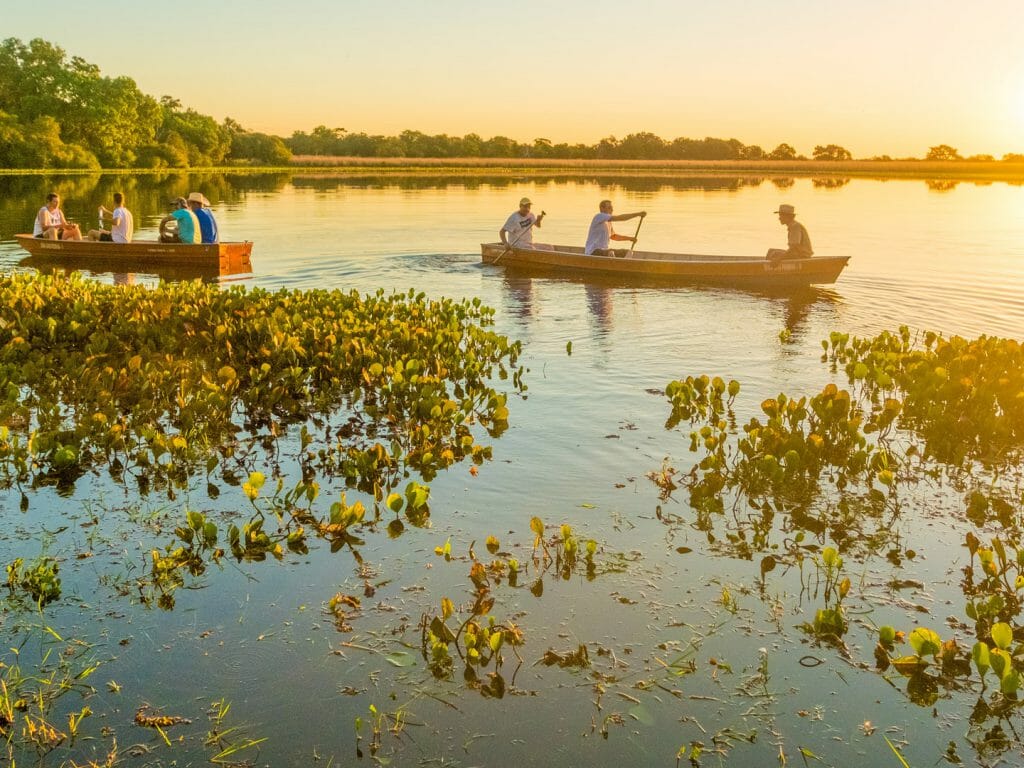

The Pantanal, or wetlands of Mato Grosso, is one of nature’s last frontiers, the world’s largest animal reserve and home to more than 600 different species of birds and 230 varieties of fish. It is made up of a huge lowland plain that is entirely overgrown by lush vegetation and covered with flowers that bloom during the rainy season from December to April.
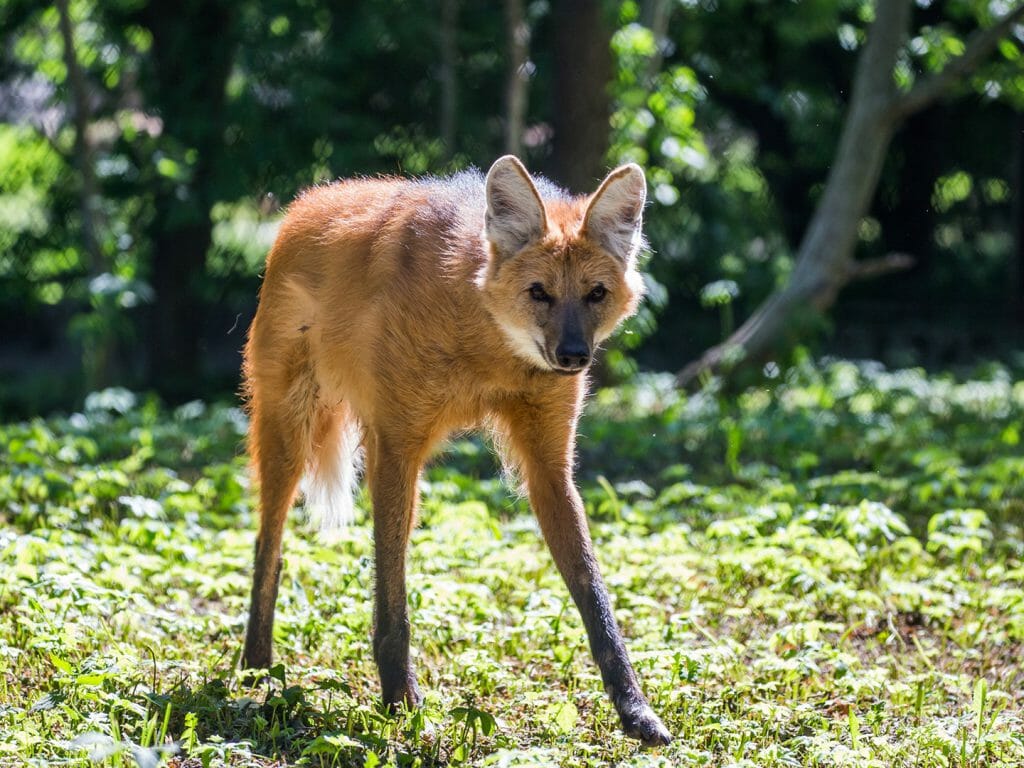
Neither a fox nor a wolf, the maned wolf is an intriguing animal. Unlike its namesakes in other parts of the world, the maned wolf prefers to hunt alone, looking for rodents, lizards, small birds and even fruit. A combination of habitat loss, hunting, road kills and disease have led to the maned wolf being threatened with extinction. This is where the Oncafari project steps in with a plan to use eco-tourism, in conjunction with field research, to help protect the maned wolf.
Thanks to Steppes’ partnership with Oncafari, you will have the opportunity to meet with researchers to learn about the maned wolf conservation project in more detail.
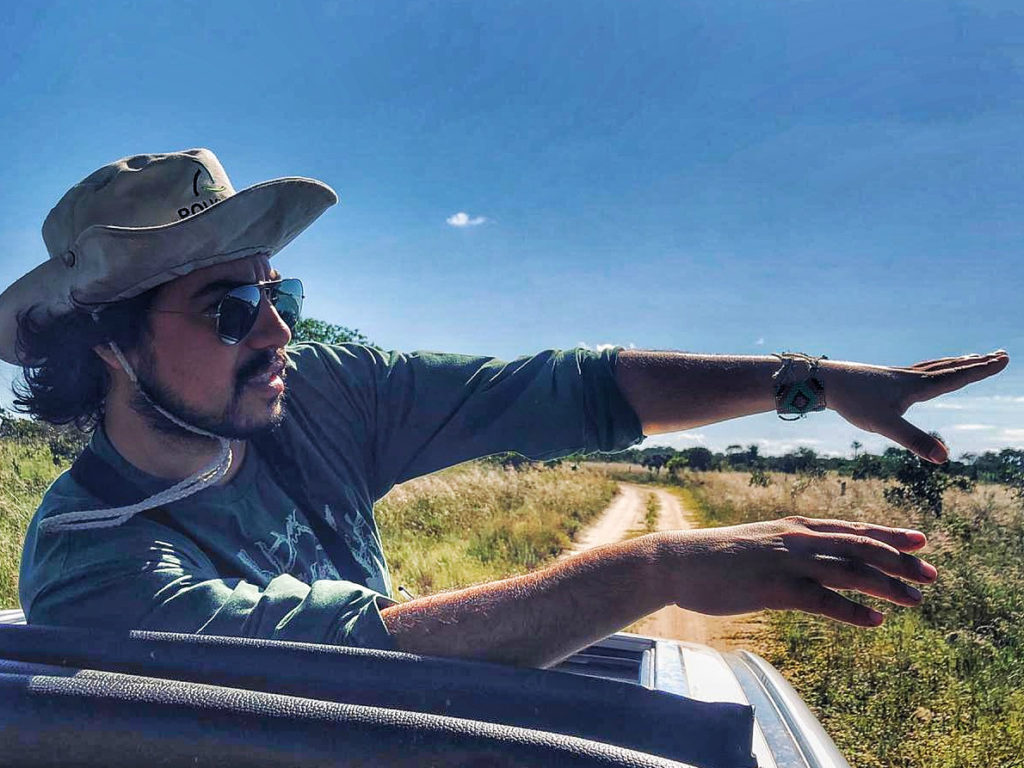
Feedback from our clients regarding the guides at Pousada Trijuncao and the researchers from Oncafari has been consistently outstanding. One of the guides available to you is Luciano Lima. Sustainability Coordinator at Pousada Trijuncao, keen conservationist and professional ornithologist with a masters degree in zoology. Luciano grew up in southern Minas Gerais surrounded by nature, spending his time exploring the depths of Itatiaia National Park spotting elusive birds, learning their names and collecting specimens.
Pousada Trijuncao uses tourist activity as a way to ignite the local economy by employing local people (directly or indirectly). They are a leading business in the region with regard to fair employment conditions and are currently developing a tour guide program to create economic opportunities and improve visitor experiences too.
Pousada Trijuncao use solar panels for water heating, low energy lighting throughout the property and a water mirror to naturally reduce the temperature, limiting the need for air conditioning. The flooring of the balconies is made of demolition wood and decoration in the rooms uses materials in a sustainable way, such as bark and branches, dead trees and fallen leaves and fruits.
Only 5% of the Pantanal’s 112,000 square kilometres is afforded the protection of national park status. Much of the privately owned land is used for cattle grazing which is part of a rich culture that dates back more than 250 years. Eco-tourism enterprises work hand-in-hand with the local pantaneiros, to preserve local biodiversity and create new opportunities for revenue generation while respecting the traditions of the region.
Send us an enquiry
Complete our enquiry form and start your next journey.
Prices will vary depending on the time of the year you are travelling. Prices do not include international flights. Please ask one of our Travel Experts for an accurate quote. Flights purchased through Steppes Travel departing from the UK are ATOL protected.
January to March is the peak of summer across the country, with many locals having time off in February. Carnival often takes place at this time too. There is more rainfall in the Amazon and the south but it is also the warmest time of year across the country.
January to March is the peak of summer across the country, with many locals having time off in February. Carnival often takes place at this time too. There is more rainfall in the Amazon and the south but it is also the warmest time of year across the country.
January to March is the peak of summer across the country, with many locals having time off in February. Carnival often takes place at this time too. There is more rainfall in the Amazon and the south but it is also the warmest time of year across the country.
April and May is a good time to travel as temperatures drop a little. There is generally plenty of sunshine in the south, with the Amazon and Pantanal starting to receive a little less rain too.
April and May is a good time to travel as temperatures drop a little. There is generally plenty of sunshine in the south, with the Amazon and Pantanal starting to receive a little less rain too.
June and July is a great time to visit the south, especially around Rio and Sao Paolo. It is also a good time to visit the Amazon and Pantanal, with slightly lower temperatures and less rain. It is a wetter time for the north and east coast.
June and July is a great time to visit the south, especially around Rio and Sao Paolo. It is also a good time to visit the Amazon and Pantanal, with slightly lower temperatures and less rain. It is a wetter time for the north and east coast.
Between August and October is possibly the best time to visit the Amazon and Pantanal. It is still fairly dry in the south, but it can be cool in the evenings in Rio. It dries up in the north and remains warm.
Between August and October is possibly the best time to visit the Amazon and Pantanal. It is still fairly dry in the south, but it can be cool in the evenings in Rio. It dries up in the north, and remains warm.
Between August and October is possibly the best time to visit the Amazon and Pantanal. It is still fairly dry in the south, but it can be cool in the evenings in Rio. It dries up in the north, and remains warm.
November and December see the dry season comes to an end in the south, as temperatures heat up. November can be a great time to visit Rio as it is warmer but remains fairly dry. Rainfall increases again in the Pantanal and the Amazon.
November and December see the dry season comes to an end in the south, as temperatures heat up. November can be a great time to visit Rio as it is warmer but remains fairly dry. Rainfall increases again in the Pantanal and the Amazon.
Our knowledge, curiosity and expertise set us apart, driving us to create remarkable holidays and Beautiful Adventures tailored perfectly to you, carefully curated to help protect and conserve our planet.
Are you ready to Discover Extraordinary?



